KAPA‘A — Though 2020 has brought many changes to activities and businesses on the island, the Kaua‘i Invasive Species Committee and other invasive-species-control groups have been hard at work.
Throughout the year, KISC has continued early detection, rapid response and control work on 11 plant species, two tree pathogens (rapid ‘ohi‘o death), coqui frogs, little fire ants, as well as monitoring of other high-priority pest species.
They’ve made headway on controlling those species, too, along with long-thorn kiawe (LTK) and miconia.
LTK is a thorny shrub or small tree, native to Central and South America, which has become highly invasive in other parts of the world, including Africa and Australia as well as Hawai‘i.
It is on the Hawai‘i State Noxious Weeds list, and looks different from the more-commonly found kiawe on Kaua‘i. It is is heat-, drought- and salt-tolerant, and grows aggressively in dense thickets that form impenetrable barriers to access.
On Kaua‘i it is found especially on the Westside, where it thrives within a hundred feet of the ocean high-water line along sections of the coast.
“Common kiawe can be distinguished by its more upright tree structure and one-inch thorns,” said KISC Project Manager Tiffani Keanini. “Long-thorn kiawe is armed with much larger, sharp thorns, up to three inches long, that can easily penetrate a truck tire.”
To clear the large stands of LTK from native forests and other areas, KISC volunteers and staff use a method called hydro-ax mulching, which uses large overhead shredding blades attached to a tractor that simultaneously chop and shred the trees, reducing them to a mulch of wood chips in a single operation.
“There is one large, mature LTK stand remaining to be controlled before all known seeding plants will have been removed from Kaua‘i coastal areas,” said Keanini. “KISC is currently seeking sources of funding for this project.”
And now that they’ve eradicated much of the plant from the island, the next step is in the works — planning a project to monitor the succession of native plants that regrow into areas where LTK has previously been controlled. An update of this project will be announced later this year.
In additiont to addressing LTK, KISC has been detecting and controlling their No. 1 plant target, miconia.
Miconia is a priority invasive forest pest that can form monotypic stands in Hawai‘i’s tropical forests, crowding out native species and causing heavy erosion due to the shading out of understory plants.
KISC said that, on Kaua‘i, miconia is only found in the Wailua watershed area.
For the past 17 years, KISC has been preventing the spread of miconia, and in the past few months KISC said their crew’s hard work has finally paid off.
“We reached a record high with over 304 acres surveyed by ground in the Wailua watershed area,” said Keanini.
“These surveys resulted in the control of over 250 immature miconia plants. Miconia infestations on Kaua‘i remain relatively small because of the continued (efforts of the) dedicated KISC field staff.”
Coqui frogs are another target species for KISC. They are tiny tree frogs, slightly larger than one inch long. The coqui frog has a round body shape and its coloration runs from light yellow to dark brown.
The coqui frog has a distinctive “ko-kee” vocalization and can be found on the ground level and in trees, but calls primarily from three to seven feet from the ground.
Impacts of coqui frogs range from eating huge quantities of insects, removing insects from the forest floor to treetops, disrupting the balance of vulnerable native ecosystems, loud, incessant and annoying chirping from dusk to dawn and decreasing export plant sales.
In partnership with the community and entities like the state Department of Agriculture, volunteers and staff have been working to control any of the little frogs that pop up on the island.
This year, so far, KISC has assisted DOA in the capture of one coqui frog.
“We would not be successful in our work without the help and support of the community,” said Keanini.
“All coqui-frog locations reported in the last 12 months have been controlled, and the KISC crew is monitoring the areas for additional frogs.”
Keanini said KISC encourages anyone to report coqui frogs as soon as possible by calling KISC, 821-1490, or DOA, 643-PEST (643-7378).
•••
Stephanie Shinno, features and community reporter, can be reached at 245-0424 or sshinno@thegardenisland.com.


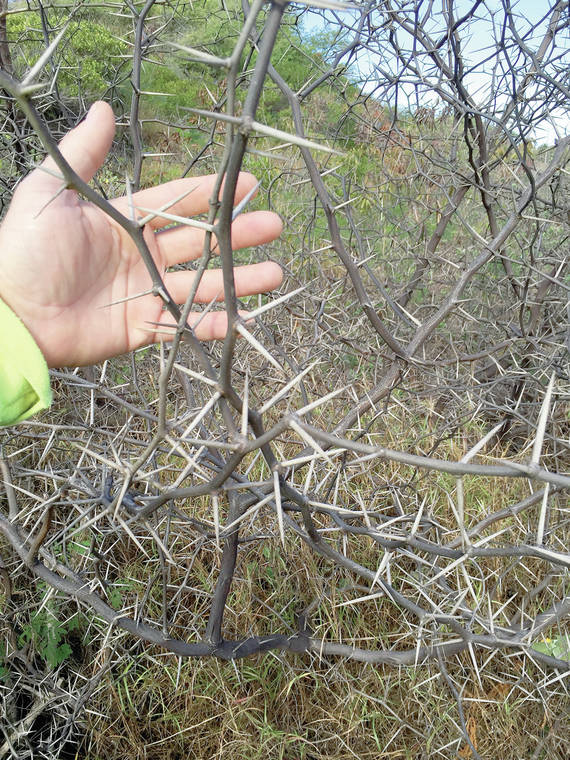
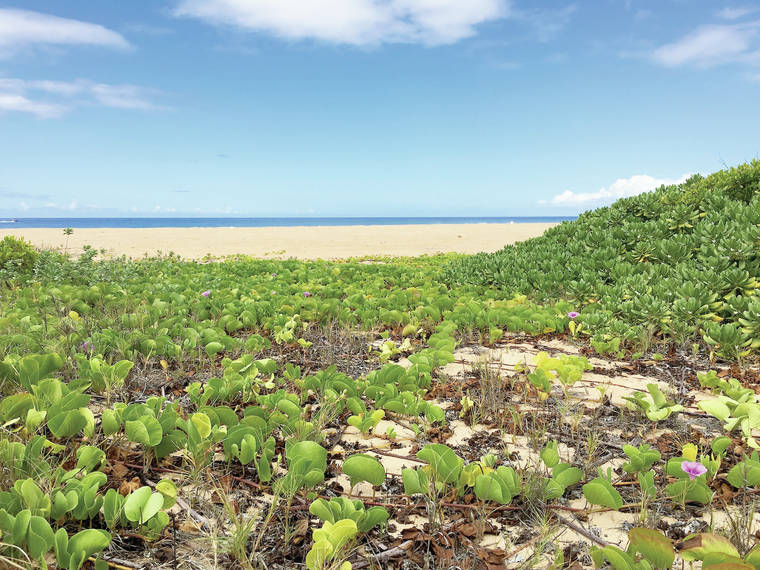
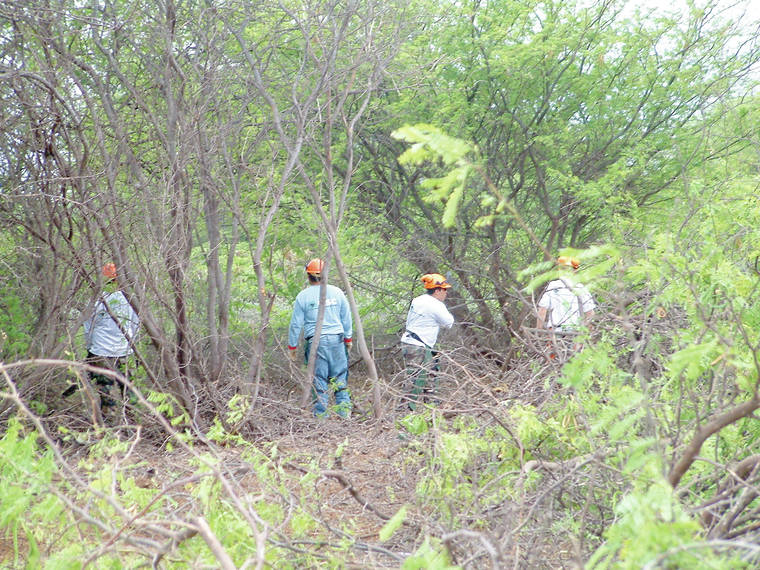
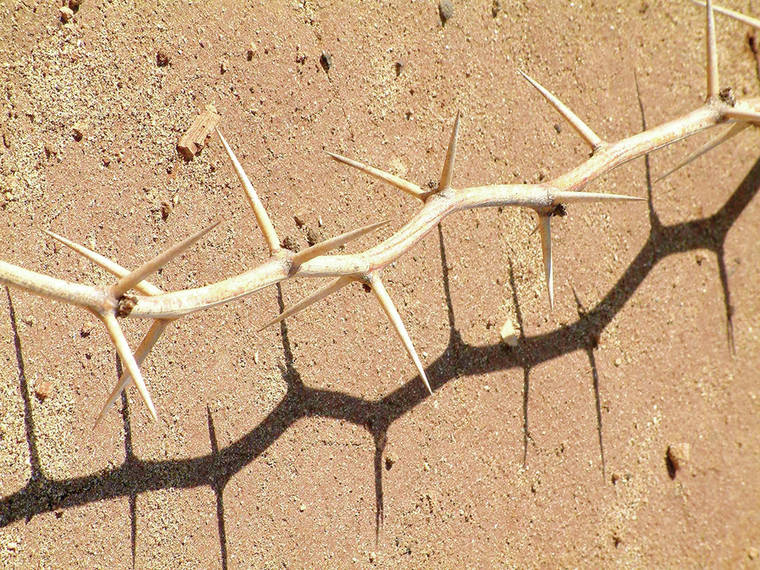
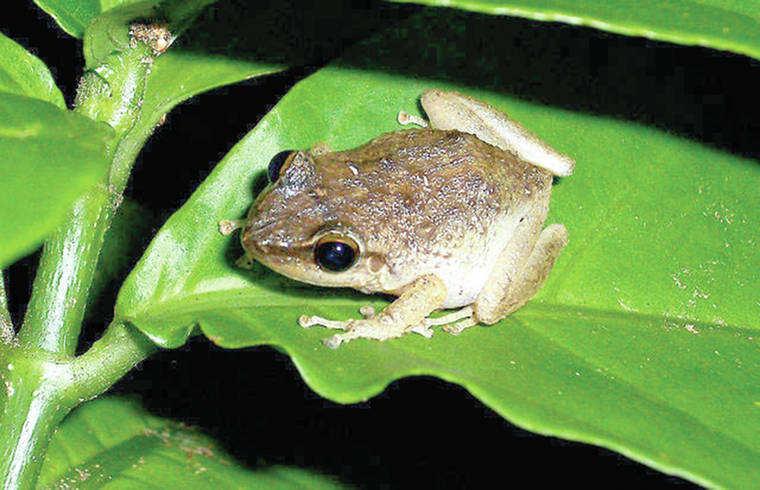
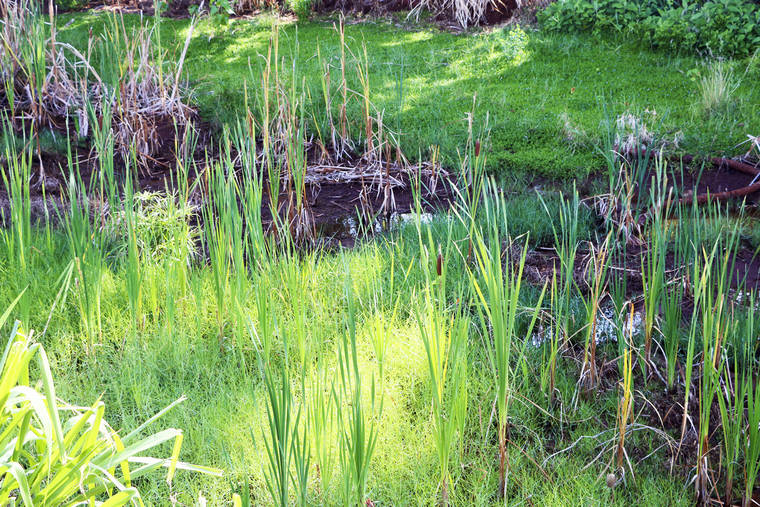
Why is no one talking about the most invasive plants that some idiot introduced to our island home….guinea grass and albezia trees.
We need to get working on an eradication plans for these monsters.
Albizia!!! Look at what happened to the Wailua bridge. Choke with huge Albizia trees fallen from way upstream sometimes. Lydgate beach is covered with huge tree trunks and the pool is all but unusable. Months after the March Storm the pool is choke. Locals like to use it too. KISC has its hands full and others need to be called in to cut these trees down everywhere or we will have no views, no native plants and bridges out during big storms. Put the loop bridge road to use and start cutting.
Albizia! Not only do they they take over any topography, yes, beautiful at first, then just blocks the view. Look at what happened to the Wailua bridge. They must go. KISC doing a lot and needs help. Albizia infestation is bad for land, transportation and eventually threaten classic views